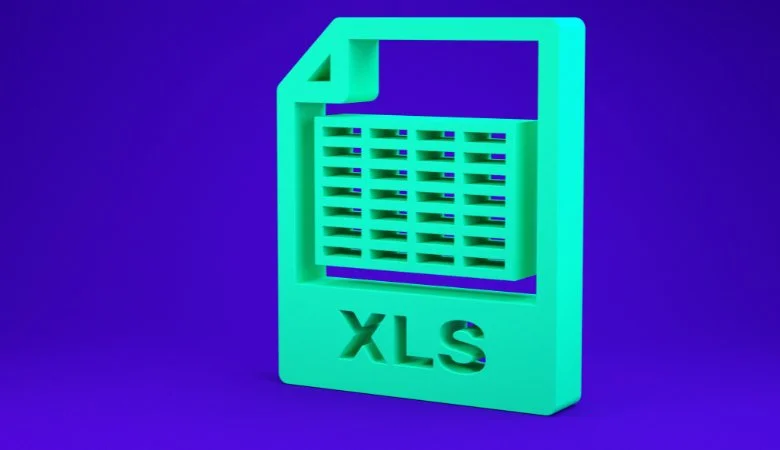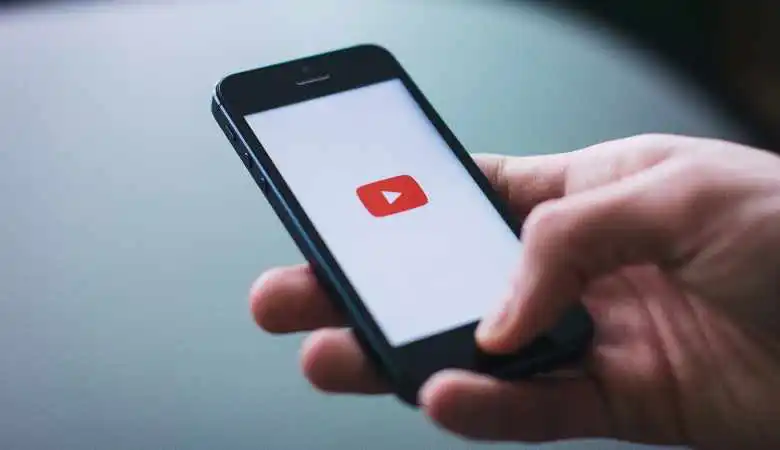How to Know If Someone Blocked You on Snapchat?

In this article, we explore Snapchat’s digital landscape to reveal the tell-tale signs of a block. Through detailed analysis, we discover the warning signs, methods to confirm a blockage and strategies to deal with it. Enriched with testimonials and practical advice, this guide offers an in-depth perspective on the management of social relations in the digital age.
How do you know if you have been blocked or deleted on SNAP?
There is no direct notification on Snapchat that lets you know if someone has blocked you. However, several clues can tip you off:
1. Disappearance of profile:
- Friends List: If you can no longer find the person’s profile in your Snapchat friends list, this is a vital sign that they have blocked you.
- Search: When you search for his name or username in the search bar, his profile does not appear.
2. Sending messages:
- Failed to send: If you try to send him a message and you receive a “Failed to send message – Tap to try again” notification, this may indicate that you have been blocked.
- No “Delivered” or “Open” status: Messages you send to a user who has blocked you will never display “Delivered” or “Open” status.
3. Interactions in Snaps and Stories:
- Can’t see Snaps and Stories: You can no longer see Snaps or Stories posted by the person who blocked you.
- Disappearance of your Snaps and Stories: If you have already sent Snaps or posted Stories to this person before being blocked, they will disappear from their chat feed and “Stories” section.
4. Snapchat Group:
- Group Exclusion: If you were both members of a Snapchat group and can no longer see it, it’s possible that you were blocked by one of the participants.
- Can’t add the person to a group: You won’t be able to add the person who blocked you to a Snapchat group.
Snapchat, this flagship social media application, has become a must-have in modern communication. With its brief snaps and engaging features, it creates an instant and fun sharing space. However, it also harbours complex social dynamics, such as the ability to block or be blocked by another user. How do you know if someone has crossed that invisible line with you on Snapchat? This article offers an in-depth exploration to detect the signs of a possible blockage.
Blocking Mechanisms on Snapchat: An Introduction
Snapchat, like other social media platforms, allows its users to create a secure personal space. This includes the ability to block a person, an action that removes the blocked user from the friend’s list and limits their access to your content. But how do you know if you are the subject of this action?
Potential Signs of Blockage
Several indicators can indicate that someone has blocked you on Snapchat:
- Invisibility on Friends List: If someone suddenly disappears from your friends list, it could mean that they have deleted or blocked you.
- Inability to send messages: A message that doesn’t deliver or an inability to send a snap can be warning signs.
- Unsuccessful search: When you press the search function and the user name is not displayed, this may indicate a blockage.
Methods to Confirm a Block
- To confirm your suspicions, a few methods can be used:
- Checking Friends List: A quick check of your friends list can shed some light on your relationship status on the app.
- Attempting to message: Trying to send a snap or message may reveal unexpected restrictions.
- User Search: A search by name can confirm whether you are still able to see the person’s profile.
Strategies for Dealing with a Blockage
When faced with confirmation of a blockage, several approaches can be adopted:
- Self-reflection: Take a moment to reflect on the potential reasons for blocking and your online behaviour.
- Respect the decision: It is crucial to respect the other person’s choice and not try to circumvent the blockage by other means.
- Open communication: If possible, a discussion outside of the application can help clarify misunderstandings.
Blocking on Snapchat, and more broadly on social media, is a common phenomenon that can be difficult to detect and manage. By understanding the signs and taking a thoughtful approach, it is possible to navigate these situations with maturity and respect.






